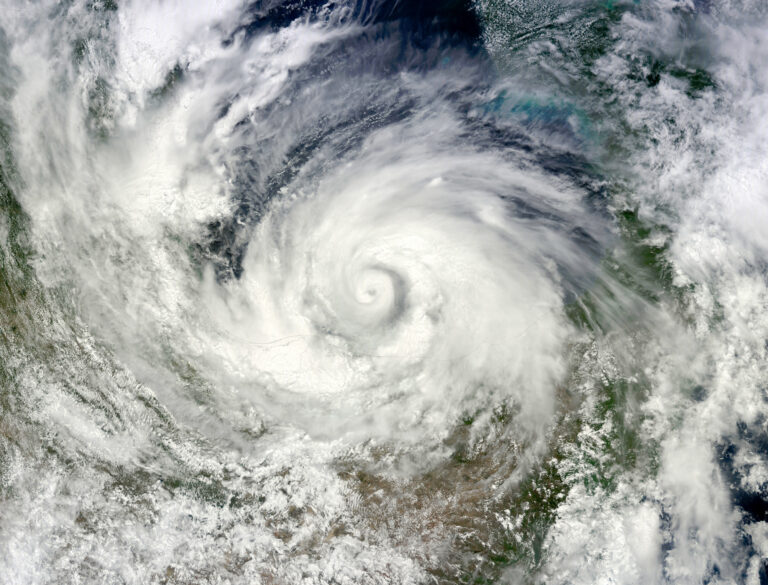Fishtailing: prices in the chicken wing market
Historically, wholesale wing prices for the summer have flattened out for most years from the middle to the Rend of May. However, this year wholesale prices are continuing to trend upwards. As we reach mid-June, prices have risen for the sixth week in a row. Additionally, Expana’s quotations from March 18th through this week are the second highest they have been since 1997, trailing behind the all-time high prices of 2021. The year 2020 seemed to send the industry into a bit of a fishtail. COVID markets led to a large price dip in April, from which the wing market recovered quickly. Wholesale wing prices not only recovered by May but steadily increased through much of 2021. Prices finally began to decline in late September, but then kept decreasing to the lowest values seen since 2014 from mid-August through September. In June of 2023, we finally began to see those prices rise again, and they’ve continued that trajectory to the current date. Now, like a pickup that got going a little too fast on a gravel road, producers and purchasers are waiting for the market to slowly even out its fishtail until we’re back on a traditional track. This month’s market data, along with seasonal trends suggests that demand for wings typically eases up, so we may be in store for a shift in the current status quo.
For what it’s worth: Canadian turkey imports into the U.S.
Despite Expana’s unseasonally low wholesale turkey quotations these past few months, April’s import data shows Canada increased exports to the U.S. by 52.5% from January to April compared to the five-year average for the same period. In the years 2019, 2020, 2021, and 2023, the Canadian to U.S. dollar exchange rate increased from January 1st to December 31st, although the U.S. dollar did remain stronger. In 2022, however, there was a decrease in the worth of the Canadian dollar. During this period, Canadian imports into the States deviated substantially from the five-year average of approximately 8,224 tons to 12,437 tons. Currently, the Canadian dollar to U.S. dollar exchange rate has declined from January 1st of this year. This loss of value of the Canadian dollar may account for the 52.5% increase in Canadian imports into the U.S. through the past fiscal year. If we continue to see the Canadian dollar weaken, Canadian products may persist in movement into the U.S., regardless of the lackluster wholesale turkey prices observed on the U.S. market.
Market sentiment for EU dairy fats turns bearish
Following several weeks of strong price increases during May, the market sentiment for both EU cream and butter turned bearish during this week’s assessment period. Increasing supply added bearish pressure to the cream market. The Cream supply was supported as milk availability has been reported as strong throughout key producing regions, while the milk season peaked earlier than anticipated according to market sources, the milk production peak has stretched longer than anticipated. The EU butter market saw decreasing buying interest following the strong price increases during May. While increasing prices resulted in several buyers returning to the spot market to cover short-term demand for early Q3 2024, buying interest for the second half of Q3 2024 and Q4 2024 remains lackluster. As short-term demand has been reported to be largely covered, buyers are anticipated to reassess the market following the summer holiday season.
Shell egg market stabilizes following four-week rally to mid-June record highs
Thursday marked the conclusion of a four-week rally in the US shell-egg market, during which Urner Barry’s benchmark Midwest large quotation surged by 63.4%, reaching $2.68 per dozen, an unprecedented high for mid-June. This surge reflects robust retail demand outstripping constrained supply in an unseasonably strong market.
Traditionally, summer sees a dip in egg demand as seasonal preferences shift, but competitive everyday prices have been a strong lure for consumers grappling with inflation and tight budgets. Major retail chains and hypermarkets are leading the charge with aggressive pricing, particularly on larger pack sizes like “twin 18s” and five-dozens, often priced around $1.50 per dozen.
In this economic climate, consumers are trying to maximize their spending power, making bulk purchases an attractive choice. They’re also making every attempt to avoid food waste, meaning if there’s a large amount of eggs in the refrigerator, they’re likely to use them. This pattern is driving stronger-than-usual consumption and necessitating frequent replenishment. However, while these pricing strategies have proven highly effective at moving a heavy volume of products in large-scale retail outlets, they have increasingly come at the expense of smaller, independent chains, where prices are substantially higher—sometimes as much as double.
At the same time, demand in foodservice and distribution channels has slowed. Although foodservice business is benefiting from increased summer travel, wholesalers, having stocked up early in the rally, have reduced their buying, contributing to a more balanced supply landscape after weeks of constraints. Even though spot market buying interest remains brisk, buyers are finding availability at steady prices, leaving conventional white quotations unchanged for the first time since May 14.
With the market freshly settled, industry participants are naturally pondering what the next move might be. Recent years have seen frequent fluctuations in the marketplace, characterized by sudden shifts. However, there is currently no clear evidence indicating a softening market; instead, stability appears to be the prevailing trend. That said, sustaining values that significantly exceed historical averages, as is presently the case with the market standing 78% above the ten-year average for this period, typically necessitates extraordinary circumstances.
Some industry observers speculate that current production levels could provide a foundation for stability. However, efforts to repopulate farms after recent bird flu outbreaks are now underway and could bolster production in the coming weeks. Additionally, whether retailers will continue to offer low prices remains uncertain. An increase in prices could quickly stifle demand.
These dynamics highlight a complex market environment where stakeholders need to constantly navigate fluctuations in production, evolving retail patterns, and consumer behavior to formulate effective strategies going forward.
Written by Jake Mills-Zivanovic



